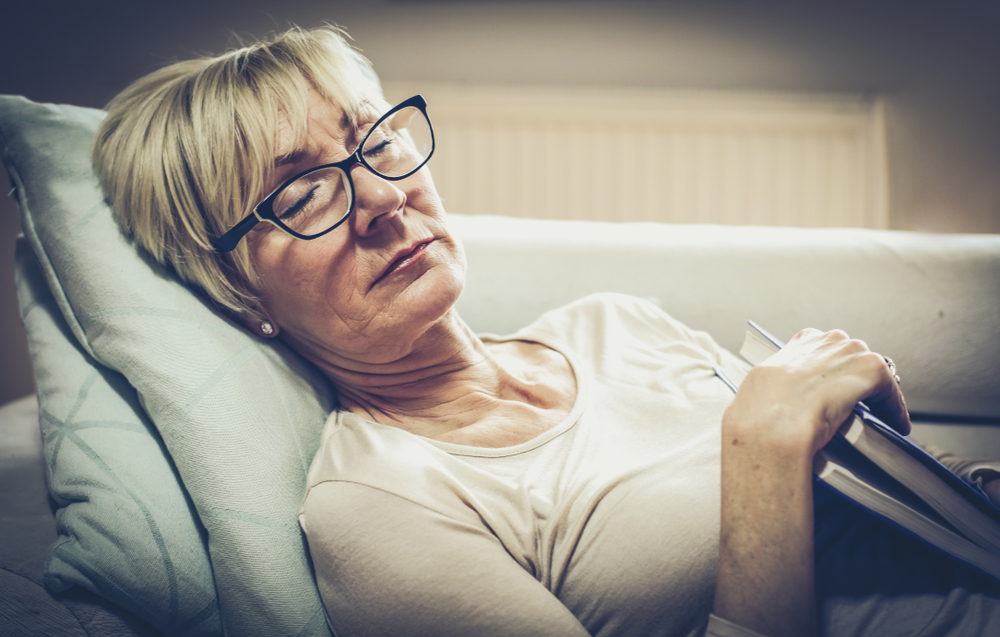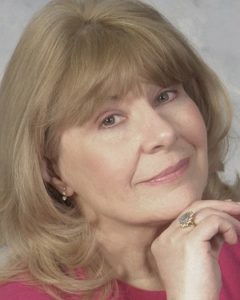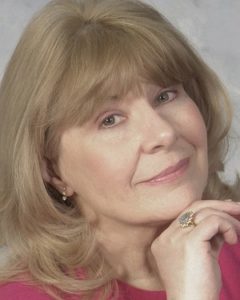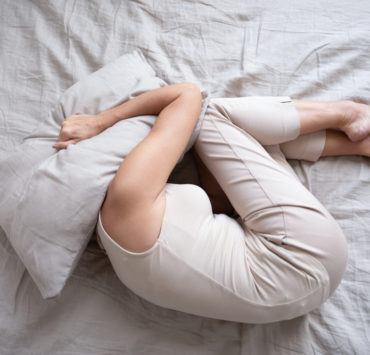Napping Your Way to Health


Kristen Houghton’s new book, Lilith Angel, was published in April,…
To be honest, I was always someone who ridiculed the idea of taking a nap during the day. I equated it with ‘getting older’. If I took a nap I was admitting that I was old! Memories of my grandmother and my mother, taking afternoon naps beginning in their late fifties, sent a clear message to my subconscious—naps were for old people.
Granted Mom and Nana no longer worked outside the home when they began taking an afternoon nap. They had the time to zone out in the middle of the afternoon. I certainly didn’t, I was a busy, productive woman.
A busy, productive, terribly exhausted woman. Oh boy, could I use a nap!
Since research as a writer is part of what I do for a living, I began scanning the internet for info on the benefits of napping.
Now, as with most of the population, I always thought that there were only two distinct parts to the 24-hour day—awake time and sleep time. We humans are what science calls monophasic sleepers, meaning that we only adhere to one period of sleep over a 24-hour day. This agrees with the theory of dividing the day into two parts, one awake, one asleep.
However, humans are mammals and according to the National Sleep Foundation, “More than 85% of mammalian species are polyphasic sleepers, meaning that they sleep for short periods throughout the day.”
In order words, they nap.
So monophasic sleep may not be natural for humans at all. Maybe taking a quick ‘sleep-time out’ was actually what we were supposed to be doing every day?
Now my interest was totally piqued and I took a hard look at my daily schedule. I awoke at 5:30 AM every day. Even with coffee breaks and an hour lunch, by 1:30 PM, I felt a deep wave of exhaustion sweep over me. I had been awake for 8 hours and still had at least a few hours to go. I wanted a nap, I needed a nap, but how could I nap during the work day?
Despite companies such as Nike or Google who have incorporated ‘quiet rooms for naps or meditation’ for their employees, most workplaces are not nap-friendly. You’re on your own when it comes to finding the time, and the place, to take a quick snooze.
Making a promise to myself to give napping a month’s trial, I decided the best time to get at least 20-30 minutes of sleep was during my lunch hour. The place? My office. I bought a small recliner which I put in a corner of the office away from the door and closed the blinds, setting the wake-up alarm on my cell phone for 25 minutes.
I let my colleagues know that for this particular period of the day, I was not available for phone or Zoom meetings. There were some friendly jokes from some colleagues about why I was ‘not to be disturbed’ during that time, but I was not deterred. I was determined to begin my 30-day journey in nap-land.
The first couple of days, were hard because my brain was hard-wired to think about everything that needed to be done. It was hard to shut down. Even with my eyes closed, I could only zone out for 10 minutes before I was up again.
By the fourth day, though, I found that I could relax enough to actually sleep—for 10 minutes at a time at least. But something good began to happen as the 10 minutes turned into 15, then 25. At the end of this month, I knew that napping was going to be a normal, healthy part of my life. It had nothing to do with age and everything to do with health, both physical and mental. I decided I liked it.
I felt good after a nap, ready to face the rest of my workday and looking forward to a night where I didn’t fall exhausted into a chair and stare mindlessly at the TV, falling asleep before a show finished.
After those naps, my brain was more alert, more aware of what I was doing at work, and definitely more productive. And though I have always been friendly and professional, I found that I was a nicer, more patient person, open to discussions and late afternoon meetings, something I used to rush through because I was so tired I couldn’t concentrate.
There were physical signs of the benefits of napping. My skin looked healthy and fresh causing one friend who hadn’t seen me in a while to ask if I’d “had anything done”. I didn’t feel ‘creaky’—since my body was rested, the feeling of exhaustion that made my legs and back ache were gone. As were my daily afternoon minor headaches from pushing myself to get things done while tired.
A Time Magazine article, by Dr. Sara Mednick, a psychologist at the University of California, Riverside states that ‘a nap—defined as daytime sleeping that lasts between 15 and 90 minutes—can improve brain functions ranging from memory to focus and creativity’.
The idea that only the sick, the elderly, and babies need naps, and that a healthy adult doesn’t, is as antiquated as the idea that successful people only need four hours of sleep a night. Good, restorative sleep is a necessary part of being a healthy adult and napping falls into that category as well.
Napping has worked well for me and I intend to continue taking them. The feeling of well-being I experience is well worth it.
© copyright 2020 Kristen Houghton all rights reserved
 Kristen Houghton’s new book, Lilith Angel, was published in April, 2019 and is already in the top “fiction top five” by Nielson Ratings. She is the author of nine novels, two non-fiction books, a collection of short stories, a book of essays, and a children’s novella. The first four books in her best-selling series, A Cate Harlow Private Investigation, are now available in a special boxset. She is also the author of the Horror Writers of America award-winning Quick-Read, Welcome to Hell.
Kristen Houghton’s new book, Lilith Angel, was published in April, 2019 and is already in the top “fiction top five” by Nielson Ratings. She is the author of nine novels, two non-fiction books, a collection of short stories, a book of essays, and a children’s novella. The first four books in her best-selling series, A Cate Harlow Private Investigation, are now available in a special boxset. She is also the author of the Horror Writers of America award-winning Quick-Read, Welcome to Hell.
Author: Kristen Houghton
Kristen Houghton’s new book, Lilith Angel, was published in April, 2019 and is already in the top “fiction top five” by Nielson Ratings. She is the author of nine novels, two non-fiction books, a collection of short stories, a book of essays, and a children’s novella. The first four books in her best-selling series, A Cate Harlow Private Investigation, are now available in a special boxset. She is also the author of the Horror Writers of America award-winning Quick-Read, Welcome to Hell.

Kristen Houghton’s new book, Lilith Angel, was published in April, 2019 and is already in the top “fiction top five” by Nielson Ratings. She is the author of nine novels, two non-fiction books, a collection of short stories, a book of essays, and a children’s novella. The first four books in her best-selling series, A Cate Harlow Private Investigation, are now available in a special boxset. She is also the author of the Horror Writers of America award-winning Quick-Read, Welcome to Hell.



